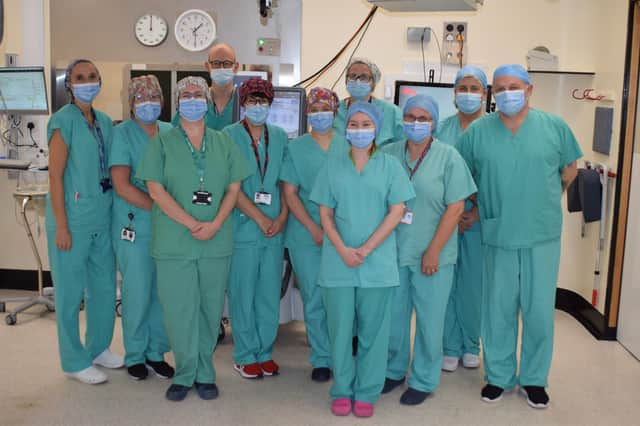Tayside transforms cataract service so patients are seen more quickly


As part of NHS Tayside’s Remobilisation Plan for services to recover from the effects of the pandemic, the ophthalmology team worked together to develop and implement a number of innovative improvements to how the service operated.
The team previously carried out 12 to 14 cataract surgical procedures in a day but wanted to increase that number driven by dedication to see as many patients as possible and to reduce waiting times for patients following the pandemic.
Advertisement
Advertisement
They looked at all the ways they could increase service capacity as a whole team, drawing on all experiences of working differently during COVID and reviewing how theatres were run and how the surgical procedures were carried out.
Following the introduction of the new ways of working, the team is now able to complete between 24 to 32 procedures in one day. This has placed Tayside as the best performing health board in Scotland for cataract surgery.
Consultant Ophthalmologist, Dr John Ellis, who leads the high volume cataract surgical work, explains: “This has been a whole multidisciplinary team effort with input from everyone involved to increase our service capacity. I am very proud of what we have achieved so far and the very positive results for our patients.
“One of the changes we have made which has had a major impact is that we are now carrying out simultaneous bilateral surgery. That means if a patient has cataracts in both eyes, we remove both of them at one appointment rather than doing one and bringing the patient back for a second appointment to do the other eye.
Advertisement
Advertisement
“Since around 60% of patients require surgery on both eyes, this is making a big difference to our waiting lists as the number of appointments required for each patient is reduced, allowing us to see more people more quickly.
“We have also taken steps to speed up our theatre model by introducing a double nursing team who work on a ‘tag team’ basis to support the surgeon. This cuts down time in between patients to allow more procedures.”